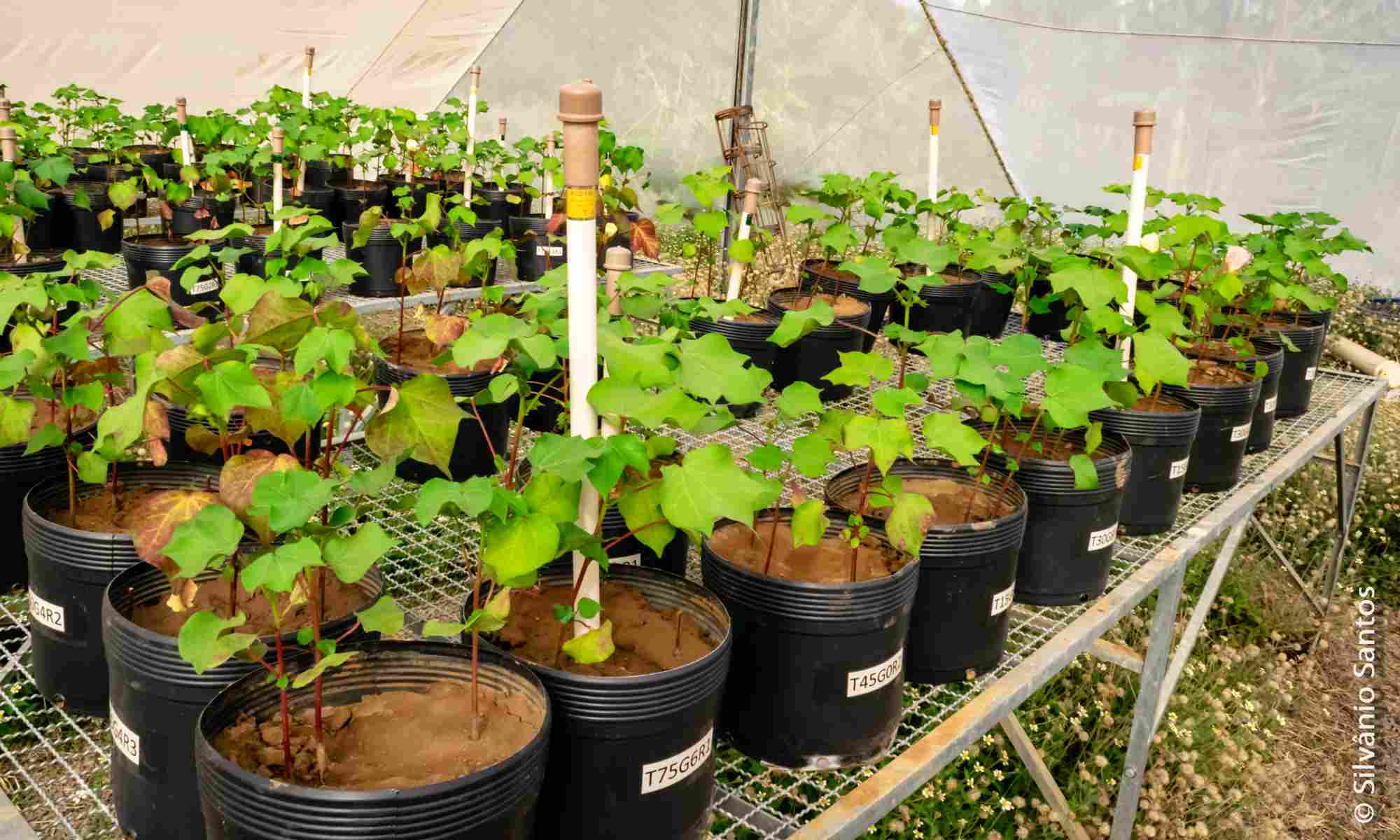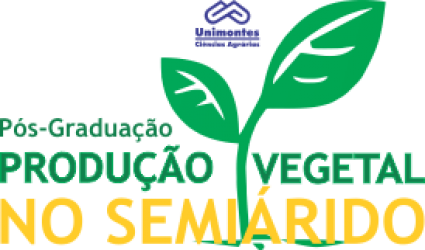- Version
- Download 8
- File Size 1.23 MB
- Create Date 11/06/2021
- Download
SILVA, Aderson Rogério Soares. Desempenho agronômico do tomateiro industrial, híbrido BRS Sena, em função de doses de N, P2O5 e K2O. 2017. 73 p. Dissertação (Mestrado em Produção Vegetal no Semiárido) – Universidade Estadual de Montes Claros, Janaúba, 2017.
A planta do tomateiro é uma das hortaliças mais exigentes em adubação. Para o híbrido BRS Sena, ainda não existem estudos relacionados a doses adequadas de Nitrogênio (N), Fósforo (P2O5) e Potássio (K2O). Objetivou-se avaliar o desempenho agronômico do híbrido de tomate BRS Sena, sob influência de combinações entre doses de N, P2O5 e K2O. O experimento foi conduzido no município de Jaíba, MG. Os tratamentos foram dispostos em esquema fatorial 4 x 4 x4 + 2, envolvendo quatro doses de N, 100, 120, 140 e 160 kg ha-1, quatro doses de P2O5 200, 300, 400 e 500 kg ha-1, quatro doses de K2O 60, 150, 240 e 330 kg ha-1 mais dois tratamentos adicionais: testemunha sem aplicação de N, P2O5 e K2O e adubação utilizada na região (N: 120 kg ha-1, P: 450 kg ha-1 e K: 300 kg ha-1). O delineamento experimental utilizado foi em blocos casualizados, com três repetições. Foram avaliados o número total de frutos e frutos por planta; número de cacho por planta; peso médio dos frutos maduros; produção e produtividade. Houve interação entre as doses de N, P2O5 e K2O (p<0,05) e o híbrido BRS Sena, para todas as características avaliadas, exceto para peso médio de frutos maduros. A aplicação da menor dose de K2O é suficiente para obtenção dos melhores valores das características estudadas. Doses mais baixas de N (120 kg ha-1), P2O5 (200 kg ha-1) e K2O (60 kg ha-1) apresentaram maiores valores de NC/ PLANTA (49 a 53). A maior dose de P2O5, associada com menores de N (100 ou 120 kg ha-1) e K2O (60 kg ha-1), proporcionam os melhores resultados de produção e PDT (215 a 218 t ha-1). As combinações de N, P2O5 e K2O, kg ha-1, que condicionaram os melhores rendimentos agronômicos, em relação ao obtido por meio da adubação utilizada na região, foram 100:500:60; 120:400:140; 140:200:240 e 160:500:60.
Palavras-chave: Lycopersicon esculentum Mill, tomate rasteiro, nutrição.
Agronomic performance of the industrial tomato, BRS sena hybrid, as a function of N, P2O5 and K2O
The tomato plant is one of the most demanding vegetables in fertilization. For the BRS Sena hybrid, there are no studies related to the adequate doses of Nitrogen (N), Phosphorus (P2O5) and Potassium (K2O). The objective was to evaluate the agronomic performance of the BRS Sena tomato hybrid, under the influence of combinations between N, P2O5 and K2O doses. The experiment was carried out in the municipality of Jaíba-MG. The treatments were arranged in a 4 x 4 x 4 + 2 factorial scheme, involving four doses of N, 100, 120, 140 and 160 kg ha-1, four doses of P2O5, 200, 300, 400 and 500 kg ha-1, four doses of K2O 60, 150, 240 and 330 kg ha-1 plus two additional treatments: control without application of N, P2O5 and K2O and fertilization used in the region (N: 120 kg ha-1, P: 450 kg ha-1 and K: 300 kg ha-1). The experimental design was in randomized blocks with three replicates. We evaluated the total number of fruits and fruits per plant, number of bunch per plant, average weight of mature fruits, production and productivity. There was interaction between N, P2O5 and K2O (p <0.05) and BRS Sena for all evaluated characteristics, except for the average weight of mature fruits. The application of the lowest dose of K2O is enough to obtain the best values of the studied characteristics. Lower doses of N (120 kg ha-1), P2O5 (200 kg ha-1) and K2O (60 kg ha-1) presented higher NC / PLANT values (49 to 53). The higher dose of P2O5, associated with lower N (100 or 120 kg ha-1) and K2O (60 kg ha-1), provided the best PDT yields (215 to 218 t ha-1). The combinations of N, P2O5 and K2O, kg ha-1, which conditioned the best agronomic yields in relation to that obtained by means of the fertilization used in the region were 100: 500: 60; 120: 400: 140; 140: 200: 240 and 160: 500: 60.
Keywords: Lycopersicon esculentum Mill, creeping tomato, nutrition.

